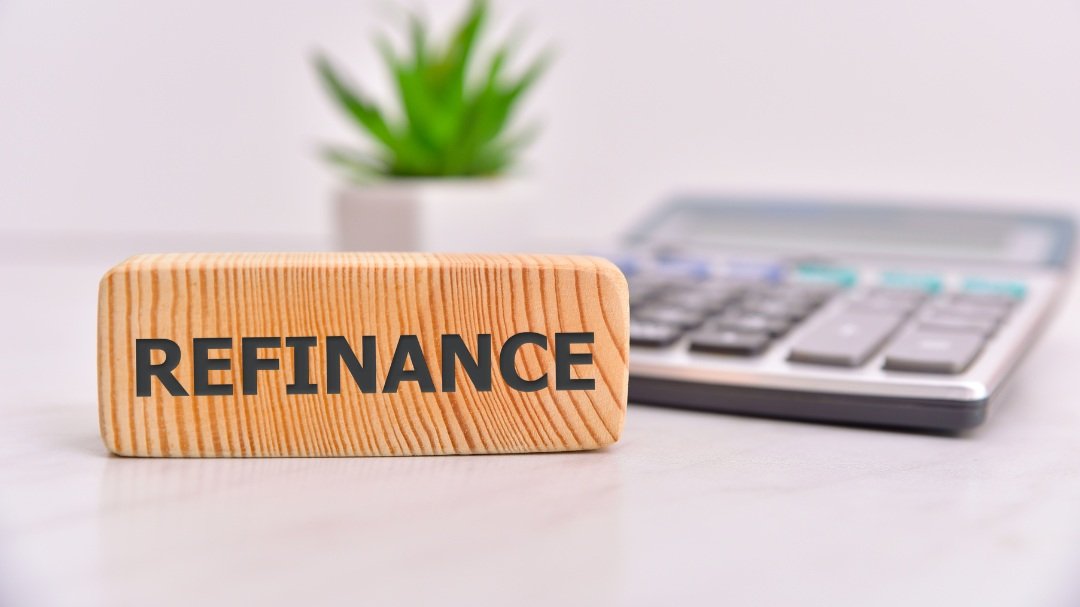How to Refinance Your Home: A Step-by-Step Guide
Refinancing your home can be a powerful way to save money, lower your interest rate, or access your home’s equity for major expenses. But how does the process work, and how do you know if refinancing is right for you? This guide breaks down everything you need to know about refinancing your mortgage.
What Is Refinancing?
Refinancing is the process of replacing your existing mortgage with a new one, typically with better terms. Homeowners refinance for various reasons, including:
Lowering their interest rate.
Reducing monthly payments.
Switching from an adjustable-rate mortgage (ARM) to a fixed-rate mortgage.
Accessing home equity through a cash-out refinance.
Benefits of Refinancing
Refinancing can offer several advantages:
Lower Monthly Payments:
A reduced interest rate or longer loan term can decrease your monthly mortgage payment.
Save on Interest:
Securing a lower rate can save you thousands over the life of the loan.
Access Cash:
Use a cash-out refinance to tap into your home equity for renovations, debt consolidation, or other expenses.
Shorten Loan Term:
Move from a 30-year to a 15-year mortgage to pay off your home faster.
When Should You Refinance?
Refinancing isn’t always the right choice. Consider refinancing if:
Interest Rates Have Dropped:
If current rates are at least 1% lower than your existing rate, refinancing might save you money.
You’ve Improved Your Credit Score:
A higher credit score can qualify you for better rates.
You Need Cash:
A cash-out refinance can provide funds for large expenses or investments.
Your Financial Goals Have Changed:
Switching loan terms or types can better align with your financial strategy.
How to Refinance Your Home: Step-by-Step
1. Assess Your Financial Goals
Before refinancing, define your objectives. Are you looking to save on interest, lower your monthly payment, or access equity?
2. Check Your Credit Score
Your credit score significantly impacts the rates you qualify for. Aim for a score of 700 or higher for the best rates, but options are available for lower scores.
3. Shop Around for Lenders
Different lenders offer varying rates and terms. Get quotes from at least three lenders to find the best deal.
4. Gather Necessary Documents
To apply for refinancing, you’ll need:
Recent pay stubs.
Tax returns.
Proof of homeowner’s insurance.
Your current mortgage statement.
5. Calculate Your Break-Even Point
Determine how long it will take to recoup refinancing costs through savings. For example, if refinancing costs $4,000 and saves you $200 per month, your break-even point is 20 months.
6. Apply for Refinancing
Submit your application with the chosen lender. Be prepared for a credit check and appraisal.
7. Close on Your New Loan
Once approved, review the terms and sign the documents to finalize the process. Your new lender will pay off the old loan, and you’ll start making payments under the new terms.
Types of Refinancing
1. Rate-and-Term Refinance
Replace your current loan with one that has a lower interest rate or different term length.
2. Cash-Out Refinance
Borrow more than you owe and take the difference in cash. This is ideal for funding renovations or consolidating debt.
3. Streamline Refinance
Available for FHA, VA, or USDA loans, this option simplifies refinancing with reduced paperwork and costs.
Refinancing Costs to Consider
Refinancing isn’t free. Expect to pay:
Origination Fees: 0.5%–1% of the loan amount.
Appraisal Fees: $300–$500.
Closing Costs: 2%–5% of the loan amount.
Common Refinancing Mistakes to Avoid
Focusing Only on Rates:
Consider all costs, not just the interest rate.
Not Shopping Around:
Rates and fees vary by lender.
Waiting Too Long:
Lock in rates when they’re favorable.
FAQs About Refinancing
Q: How long does refinancing take?
A: The process typically takes 30–45 days, depending on your lender and paperwork.
Q: Does refinancing hurt your credit?
A: Your credit score may temporarily dip after a hard inquiry but should recover quickly.
Q: Can I refinance with bad credit?
A: Yes, but you may face higher rates. Consider improving your credit before refinancing.
Refinancing your home can be a game-changer for your finances, whether you’re looking to save money, pay off your loan faster, or access equity. By following these steps and evaluating your options, you’ll be well-equipped to make the best decision for your needs.
Ready to refinance? Contact MOD Mortgage today to explore your options!












